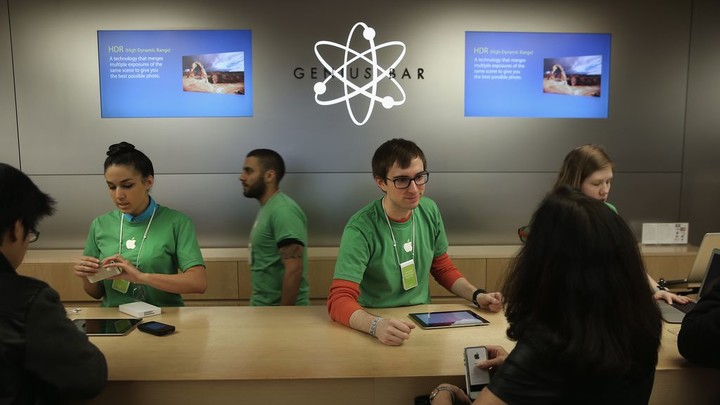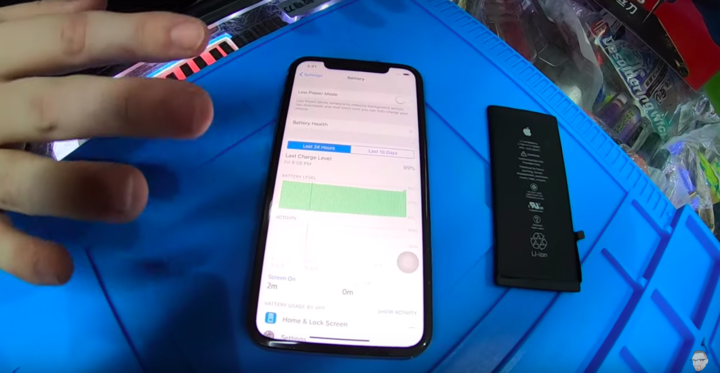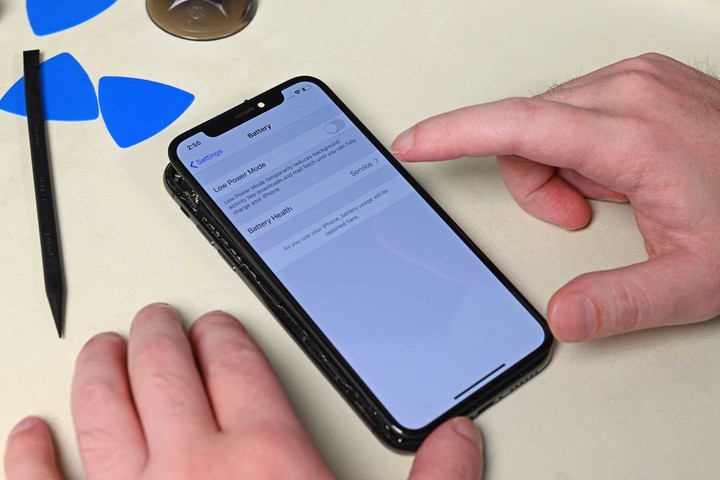What should you do when your full mobile phone power does not last for half a day?
Replacing the battery is of course the first choice for most people. In the case of shyness in the bag, spending a few hundred different batteries can make you fight for another two years.
Since all the shyness is in the bag, don’t go to the Apple store to change the battery. Buy a genuine battery to go home, DIY can not solve the problem. Even if you don’t believe in your own technology, you can trust a third-party organization that collects money. It’s tens of hundreds of cheaper, and the battery is the same for you.

▲ Image from: axios
However iFixit recently discovered, if you don’t officially replace it at Apple Battery, then your phone will receive a warning message. Currently, this message has appeared in the iOS 12 and iOS 13 betas, regardless of whether the phone is installed on a genuine Apple battery, it will issue a warning. This is independent of the battery and depends only on whether the battery has been replaced by Apple or its authorized service provider.
In the Service-Battery Health menu, users who receive an unofficial battery replacement will receive an “Important Battery Information” prompt – there is no way to verify that the iPhone is genuine.Positive Apple battery.

This information replaces the standard percentage indicator for the current battery health of your phone. You can’t access any health information about the battery itself, which is critical for users to know when to replace the battery.
You will always have this warning on your phone until you walk into the official Apple store and they will solve this problem for you.
The Art of Repair on YouTube believes that Apple has implemented battery control through software. They have installed Texas Instruments microcontrollers on batteries, and such microcontrollers are available on most batteries. It usually provides basic information about battery capacity and temperature to the phone.
But in this specific case, the microcontroller may include an authentication feature that locks the battery replacement in the hands of Apple’s authorized service technicians, making it impossible for third parties to get involved.

▲ Image from: The Art of Repair
Craig Lloyd found the problem, Apple is making maintenance more difficult, and they will increase the difficulty of third-party repairs.
This is another small, incremental addition to Apple’s anti-repair measures, which further weakens our right to repair our iPhone… these things hurt the novice’s confidence. A competent maintenance person may also feel discouraged about future maintenance work.

▲ Image from: iFixit
In 2016, Apple blocked the unofficial iPhone. If you change the home button of Touch ID privately, your phone will display an “Error 53”. As long as you replace the home button with an unofficial channel, the Touch ID feature is almost gone, and you can’t use your phone properly.
Recently, Apple also disabled TrueTone on the unofficial replacement screen, whether or not you are using an Apple screen.
Lloyd believes that the use of third-party-provided parts may affect the integrity of the iPhone’s functionality, but the same problems with real Apple’s official parts. Then “this is not a problem with third-party components at all, but a problem that prevents you from enjoying device autonomy.”

Some calls for “Custering Rights are arguing that restricting user repairs is another proof of the monopoly of technology companies. Activists who want to get the “right to repair” emphasize that limiting people who repair equipment is a way to gain a competitive advantage. “Lock the genuine battery just to make it look like something is wrong. Even for Apple, it is trivial and arbitrary.”
Apple’s spokesperson said, “We want to ensure that our customers are always confident that their products will be safely and properly repaired.”
The title map is from iFixit.